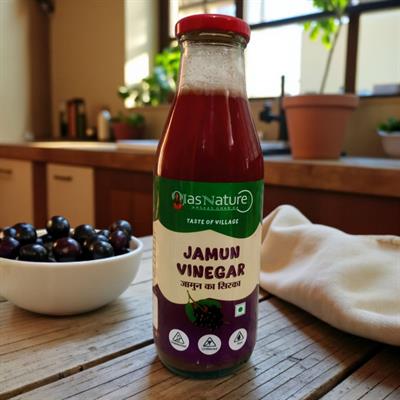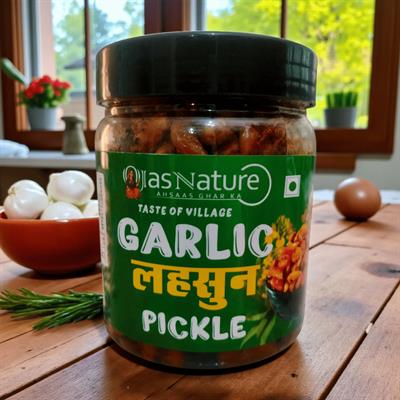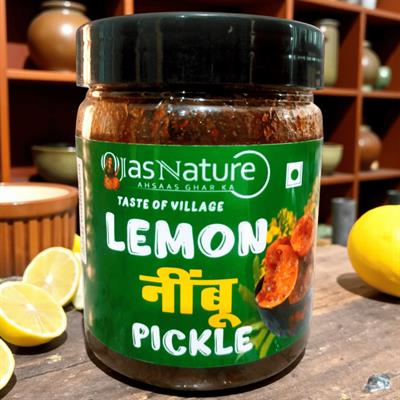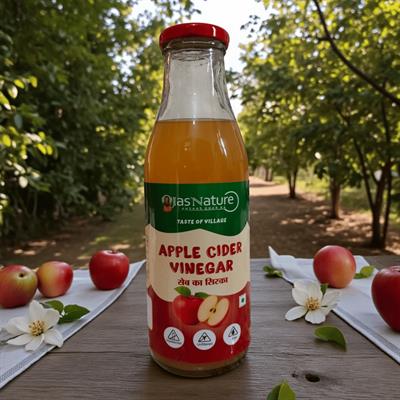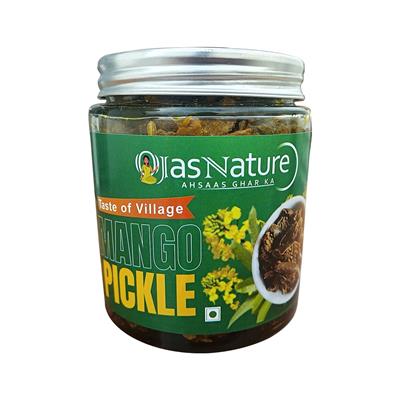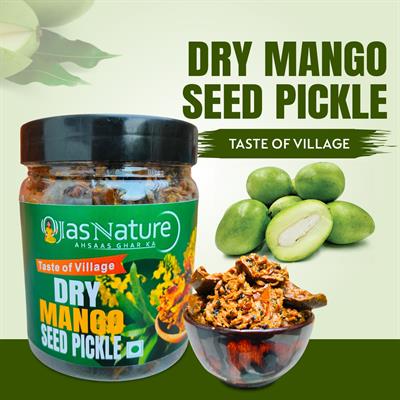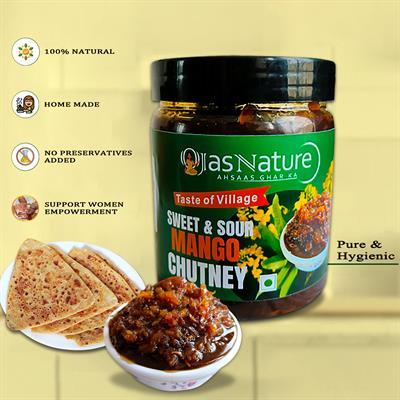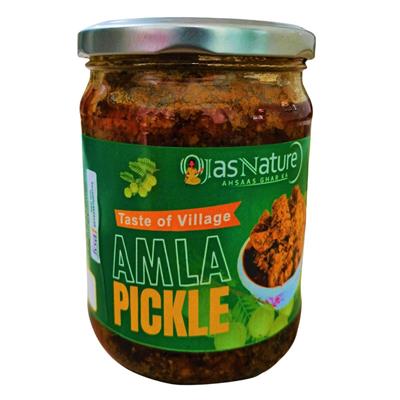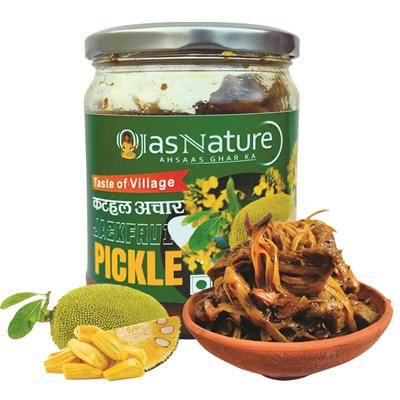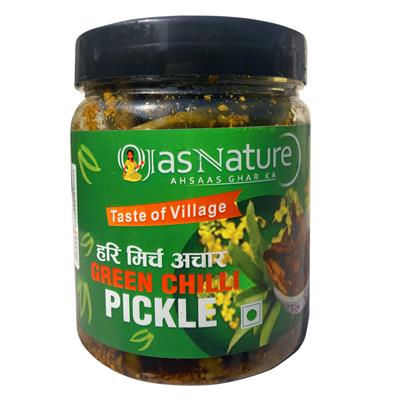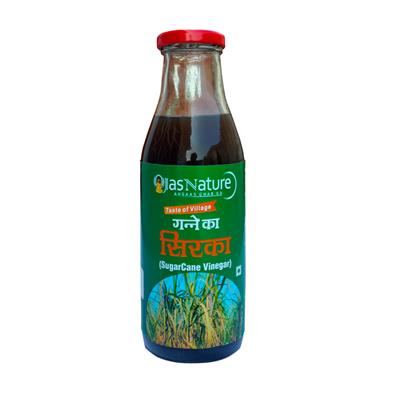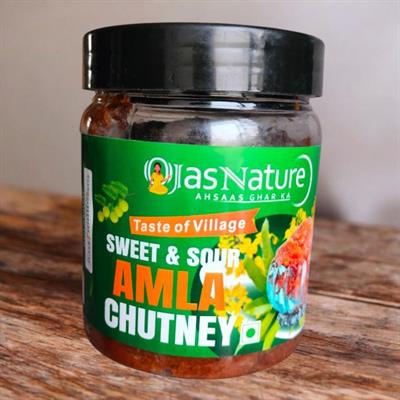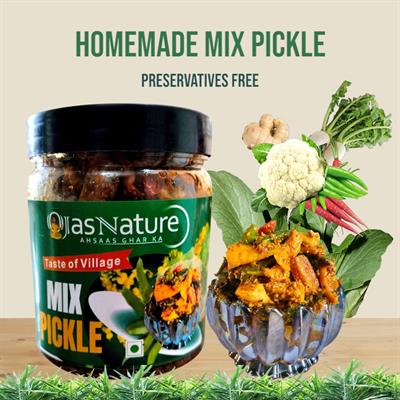Mango pickle, commonly known as 'achar' in South Asia, holds a cherished place in Indian cuisine. This tangy and spicy condiment not only enhances the flavor of meals but also embodies a rich cultural heritage. In India, pickling is a time-honored tradition, with families passing down recipes through generations. The country's pickle industry is substantial, with regions like Panipat in Haryana producing over ₹50 crore worth of achar annually, supplying both local markets and exporting to countries such as the UK, US, and Middle East.
Despite the convenience of store-bought options, many prefer the authenticity and personal touch of homemade mango achar. Crafting your own pickle allows for customization of flavors and ensures the use of quality ingredients. Moreover, homemade pickles can be free from preservatives and artificial additives, offering a healthier alternative to commercial varieties.
In this blog, we will delve into the art of making homemade mango achar. We'll explore its cultural significance, discuss the essential ingredients, provide a step-by-step recipe, and share tips to perfect your pickle. Additionally, we'll address common challenges faced during the pickling process and how to overcome them.
The Cultural Significance of Mango Pickle
Mango pickle is more than just a condiment in Indian households; it's a symbol of tradition and familial bonds. The practice of pickling mangoes dates back centuries, with each region boasting its unique variation. For instance, South Indian pickles often use sesame oil and are spicier, while North Indian versions prefer mustard oil. The communal activity of preparing achar during the mango season fosters a sense of unity and preserves culinary heritage.
Essential Ingredients for Homemade Mango Achar
To embark on the journey of making homemade achar , gather the following ingredients:
-
Raw Mangoes: Choose firm, unripe mangoes for a tangy flavor and crisp texture
-
Mustard Oil: Imparts a pungent aroma and acts as a natural preservative.
-
Spices: A blend of mustard seeds, fenugreek seeds, asafoetida, turmeric, and red chili powder adds depth and heat
-
Salt: Draws out moisture and aids in preservation.
-
Garlic and Ginger (optional): Enhance the flavor profile with their robust notes.
Step-by-Step Recipe for Quick & Tasty Homemade Mango Achar
Preparation
-
Clean and Chop Mangoes: Wash the raw mangoes thoroughly. Pat them dry to remove any moisture. Cut them into uniform, bite-sized pieces, discarding the seed.
-
Sun-Dry the Mango Pieces: Spread the chopped mangoes on a clean cloth or tray. Place them under direct sunlight for 4-5 hours. This step reduces moisture content, which is crucial for the pickle's longevity.
Spice Mixture
-
Roast the Spices: In a dry pan, lightly roast mustard seeds and fenugreek seeds until they emit a fragrant aroma. Allow them to cool, then coarsely grind them.
-
Combine Spices: In a mixing bowl, combine the ground mustard and fenugreek seeds with asafoetida, turmeric, red chili powder, and salt. Mix well to create a uniform spice blend.
Mixing and Maturation
-
Coat Mango Pieces: Transfer the sun-dried mango pieces into a large bowl. Add the spice mixture and toss until each piece is evenly coated.
-
Heat Mustard Oil: In a pan, heat mustard oil until it reaches its smoking point. Allow it to cool slightly. Pour the warm oil over the spiced mango pieces. Stir well to ensure all pieces are submerged in the oil.
-
Store the Pickle: Transfer the mixture into a clean, dry glass jar with an airtight lid. Press down to eliminate air pockets.
-
Mature the Pickle: Place the jar in a sunny spot for 7-10 days, shaking it gently daily. This maturation process allows the flavors to meld and intensify.
Tips for Perfecting Your Homemade Mango Achar
-
Hygiene is Key: Ensure all utensils, jars, and your hands are impeccably clean and dry to prevent contamination and spoilage.
-
Oil Coverage: Always ensure the pickle is submerged in oil. This barrier protects against mold and extends shelf life.
-
Storage: After maturation, store the pickle in a cool, dark place. Using a dry spoon each time will maintain its quality.
Common Challenges and Solutions in Pickling
-
Spoilage: If you notice mold or an off smell, it indicates contamination. Always use dry utensils and ensure the pickle remains submerged in oil.
-
Insufficient Spice: If the pickle lacks flavor, allow it more time to mature. The spices will intensify over time.
-
Overly Salty: Should the pickle taste too salty, balance it by adding a few more pieces of sun-dried mango and allowing it to rest.
Health Benefits of Homemade Mango Achar
Beyond its tantalizing taste, homemade mango achar offers health benefits. The spices used, such as turmeric and mustard seeds, possess anti-inflammatory properties. Additionally, the fermentation process can promote gut health by encouraging beneficial bacteria.
Conclusion
Crafting homemade mango achar is a rewarding endeavor that connects us to cultural traditions while allowing for culinary creativity. By following this guide, you can create a flavorful, preservative-free pickle that enhances your meals and offers health benefits. Embrace the art of pickling and savor the rich, tangy taste of your homemade creation.

